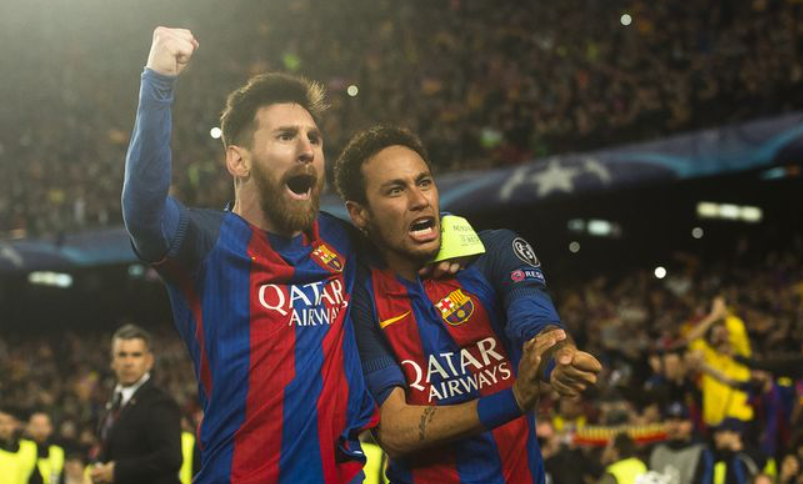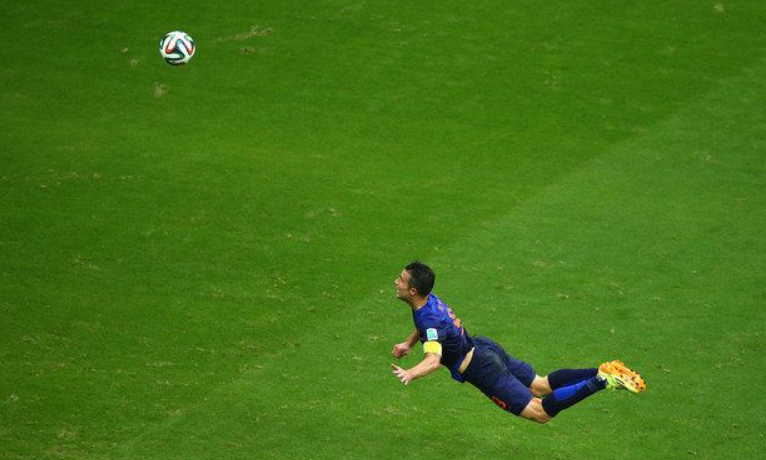In the ever-evolving world of football, tactical trends come and go — but counterattacking football is experiencing a powerful resurgence in 2025. No longer seen as a “defensive” strategy, the modern counterattack is now a calculated, high-intensity weapon used by top clubs and national teams alike.
From Manchester City’s more direct transitions to Morocco’s World Cup exploits in 2022, the global game has seen a notable shift in how elite sides approach possession, pressure, and space. This article explores how the top teams are adapting, why counterattacking has returned in force, and what these changes mean for the future of football tactics.
Why Counterattacks Are Back in Style
For years, football was dominated by possession-based systems — think of Spain’s tiki-taka era or Pep Guardiola’s positional play at Barcelona and City. But as more teams developed strategies to resist possession, the advantage began to shift. Counterattacking offers:
- Direct access to space when opponents are stretched
- Fewer passes, faster tempo, and reduced risk of being dispossessed
- Psychological pressure on teams that lose the ball in dangerous areas
The result? Fast, lethal transitions that often lead to high-quality chances — especially when executed by players with pace, vision, and precision.
Modern Examples: Elite Teams Using Counterplay
Teams in 2024–2025 have embraced hybrid models — blending controlled possession with well-rehearsed counters.
1. Real Madrid (La Liga & Champions League)
Carlo Ancelotti’s side continues to master the art of vertical football. With Bellingham, Vinícius Jr., and Rodrygo, Real use short defensive sequences to bait pressure, then strike fast with speed and fluid movement.
2. Liverpool (Premier League)
Under Jürgen Klopp, Liverpool transitioned from gegenpressing to a more direct, counter-driven model. Quick recovery, immediate wide play, and diagonal balls into space define their new approach.
3. France (National Team)
In international play, Didier Deschamps deploys midfield strength and explosive attackers like Mbappé and Dembélé to devastating effect in transition.

Tactical Shifts and Adjustments
The return of counterattacks has forced broader changes across team structures:
| Tactical Element | Old Approach (Possession-Based) | Modern Adjustment (Counter-Focused) |
|---|---|---|
| Build-up | Slow, controlled from the back | Vertical, bypassing midfield when needed |
| Defensive line | High and compact | Flexible, drops quickly to reset shape |
| Pressing strategy | Constant high press | Situational — pressing only in key zones |
| Player profiles | Ball control and passing | Speed, decision-making, recovery ability |
These changes require not only athleticism but also tactical discipline and chemistry — something that top-tier teams now train specifically for.
What This Means for Smaller Clubs
Interestingly, counterattacking systems also level the playing field. Mid-table clubs and underdog national teams can defend deep, stay compact, and hit on the break without needing 70% possession. This was seen clearly with Morocco’s 2022 World Cup run and continues with teams like Napoli, Brighton, and RB Leipzig in their respective leagues.
One effective counter strategy involves:
- Forcing play into wide areas
- Winning second balls in midfield
- Launching immediate long balls to pacey forwards
- Overloading the box with late runners
These patterns can overwhelm technically superior teams who aren’t ready to transition quickly enough.
Fan Perspective: Faster, More Exciting Matches
From a viewer’s standpoint, the tactical evolution has made football faster, less predictable, and more thrilling. Instead of watching slow buildup phases with 40 passes, fans now see explosive moments unfold within seconds. Turnovers matter more. A single interception can lead directly to a goal.
Even betting markets have adjusted — with live odds shifting dramatically after turnovers, and more attention given to metrics like “fast breaks,” “shots after regain,” and “transitions per match.”
The modern football landscape is defined by its fluidity. Teams no longer identify solely as “possession-based” or “counterattacking.” The best sides in 2025 can do both — and know when to switch.
Counterattacking is no longer reactive — it’s proactive, strategic, and often devastating. Whether you’re a coach, analyst, bettor, or fan, understanding how and why teams are changing their approach is crucial to keeping up with the modern game.
As the 2025–2026 season continues, expect more speed, more space, and more surprises — all born from the art of the perfect counter.
